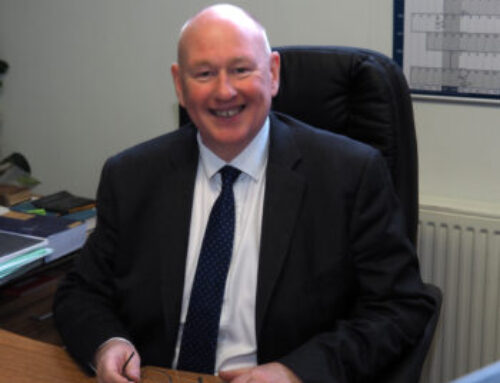Andrew Ekelem sits in a wheelchair at the bottom of the fifth-floor stairwell at Olin Hall, laptop balanced on his thighs, quick keystrokes making tiny adjustments for the exoskeleton that promises to change his life.
It’s carrying a test subject up 10 stairs before the safety of a landing, one painstaking move at a time, a physical therapist and two other people protecting him from falling. The exoskeleton lifts his foot a fraction too low, and he kicks a step; not far enough forward, and the therapist must give it a nudge.
If Ekelem is impatient with this process, it’s impossible to tell. But he readily admits it’s his impatience that brought him to Vanderbilt University for his Ph.D. in mechanical engineering.
The exoskeleton he’s programming could one day help him walk and potentially impact the lives of an estimated 250,000-400,000 Americans living with spinal cord injuries or dysfunction.
Ekelem, 25, earned his undergraduate degree in bioengineering in 2012 from University of California-Berkeley, choosing the field so he could specialize in stem cell research for spinal cord regeneration. A semester spent at the Reeve-Irvine Research Center at UC-Irvine changed that goal.
“There’s a lot of hopeful stuff in the works,” Ekelem said. “But the process – it takes many years to get to human trials. It was disheartening. I wanted to get back to electronics and mechanical engineering and working on rehab devices.”
He spent his last year at Berkeley in that school’s exoskeleton lab. So when he decided to go for a Ph.D., there was really only one lab he wanted – that of Michael Goldfarb, Vanderbilt’s internationally recognized H. Fort Flowers Professor of Mechanical Engineering, whose light, portable exoskeleton is in clinical trials at five spinal cord rehabilitation centers across the country.
Read the full article via Paralyzed by accident, grad student engineers his future with exoskeleton | News | School of Engineering | Vanderbilt University.







